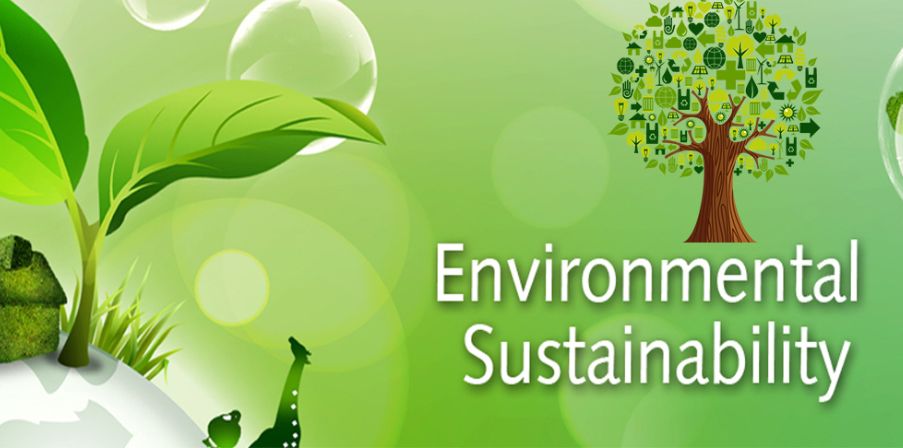In an era where environmental sustainability is a global imperative, ISO 14001 has emerged as a critical asset for organizations seeking to embrace environmental responsibility. In this blog, we will offer an in-depth exploration of environmental management systems (EMS) unraveling their significance, core components, and sustainable growth to their seamless implementation.
What is EMS Software?
Environmental management software is a tool for managing impacts of an organization’s activities on the environment which provides a structured approach to planning and implementing environmental protections. Environmental management system software doesn’t even have to exist within a separate environmental document. They can be integrated right through the organization’s procedures. Those environmental management procedures need to be incorporated into that process so that when you do that job you have the information and it provides you with the measures that can be monitored to make sure that you are getting the performance out of the activity that you need.
The organization shall determine external and internal issues that are relevant to its purpose and that affect its ability to achieve the intended outcomes of its environmental management system. The requirements of this clause are about the organisation identifying internal and external factors that influence the environmental factors relevant to the outcomes of their activities, products or services. This is about an organization assessing whether there are opportunities influencing or impacting their business and the potential environmental impact as a result of the delivery of their product or service

Why is it Important to Implement an Environmental Management System?
If your business is in opposition where they want to make a sustainable difference to the environment of their activities, products, and services then ISO 14001 is for you. The overarching high level of commitment when you develop an environmental management system. It is the protection of the environment including prevention of is the protection of the environment including prevention of pollution and any other specific commitments relevant to your organization.
This means that you need to start by understanding what the potential impacts on the environment are as a result of what activities you conduct and what you produce as a product or a service. Once you identify or standard helps you to identify these you can set your objective to improve and there’s your improved environmental performance.
The main purpose of environmental management system software is to support sustainable development in pursuing a pattern of resources aimed to meet human needs while preserving the environment so that needs can be met in the present and future generations. It is a must that the development that you have at present should not compromise the resources of future generations. It means what you are experiencing right now should also be experienced by the future generation. So, that’s why it is important to implement an environmental management system in the organization for future growth.
Importance of ISO 14001: Environmental Sustainability
Environmental sustainability at the heart of ISO 14001 lies an unwavering commitment to environmental sustainability. This standard equips its organisations with a structured framework to meticulously identify, assess and manage environmental aspects and impacts enabling them to chart a course toward a more sustainable future. It enhances ecological consciousness that goes beyond major compliance encouraging proactive stewardship of our planet.
ISO 14001 served as a guiding light illuminating the path to regulatory compliance by following the stringent requirements of this standard. Organizations can navigate the intricate landscape of environmental legislation with confidence mitigating the risk of non-compliance and the attendant penalties.
In the error where consumers and stakeholders are increasingly attuned to environmental concerns, ISO 14001 certification can store a significant competitive edge. It is akin to a badge of honour that organisations can proudly wear showcasing their unwavering commitment to responsible environmental practices. From this environment please conscious consumers and partners solidifying an organization’s position in a fiercely competitive marketplace.

ISO 14001 Environmental Management Software is Key to Sustainable Growth
ISO 14001 mandates that organizations develop an equivocal environmental policy that resonates with their values and objectives. This policy serves as a ‘North Star’ guiding the organization’s environmental endeavors and conveying its steadfast dedication to environmental stewardship.
- Planning- The planning face is a crucible where environmental objectives are meticulously forged. It necessitates the identification of environmental aspects and impacts. The assessment of risk and opportunities and the formulation of clear actionable objectives and targets. This phase lays the foundation for meaningful progression towards sustainable environmental practices.
- Implementation- As we say ‘actions speak louder than words’, The implementation phase of ISO 14001 is where organizations put their environmental plans into tangible action. It involves the deployment of processes and controls that address to identify environmental risks and opportunities. It’s a stage where strategies meet execution and the environment starts translating into reality.
- Monitoring and Measurement- Continuous improvement is the lifeblood of ISO 14001. To facilitate this the standard mandates ongoing monitoring and measurement of key performance indicators (KPIs). Data-driven assessments empower organizations to assess their environmental performance accurately and make informed decisions.
- Compliance and Legal Requirements- Regulatory adherents are a pillar of ISO 14001. The standard underscores the importance of unwavering compliance with environmental laws and regulations that are relevant to the organization’s operations. It’s a safeguard against legal quagmire and a testament to an organization’s commitment to ethical environmental practices.
- Continuous Improvement- ISO 14001 does not have a static framework but a dynamic commitment to perpetual enhancement. The standard ingrains a culture of continuous improvement within an organization urging to perpetually raise the bar for environmental performance. This philosophy promotes innovation and ensures that environmental sustainability remains an enduring goal.
ISO 14001 serves as a compass guiding organizations toward the reduction of their environmental impact. It often leads to cost savings through improved resource efficiency and reduced waste generation. Thus, applying ISO 14001 in your organization can streamline sustainable growth.
Outro
In conclusion, ISO 14001 stands as a beacon in the realm of guiding organizations towards a more sustainable and responsible feature by embracing its principles and adhering to its rigorous standards. Organizations can navigate the complex terrain of environmental responsibility with confidence. ISO 14001 is more than a certification as it not only allows organizations sustainable growth but also a commitment to a better, greener world. Implementing a quality management system, like ISO 14001 environmental policies can help make your business more profitable, and have a positive impact on the surrounding environment.




